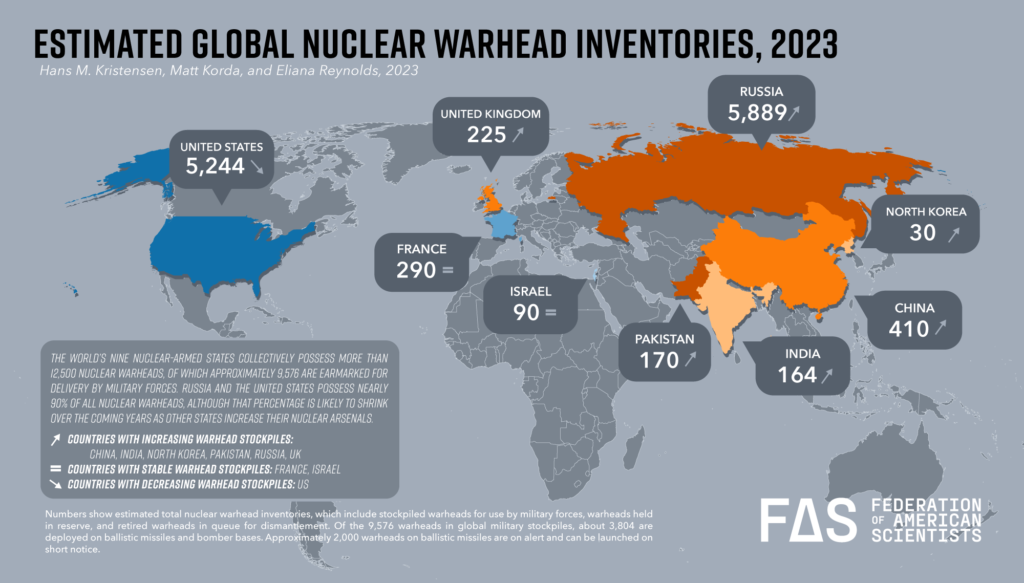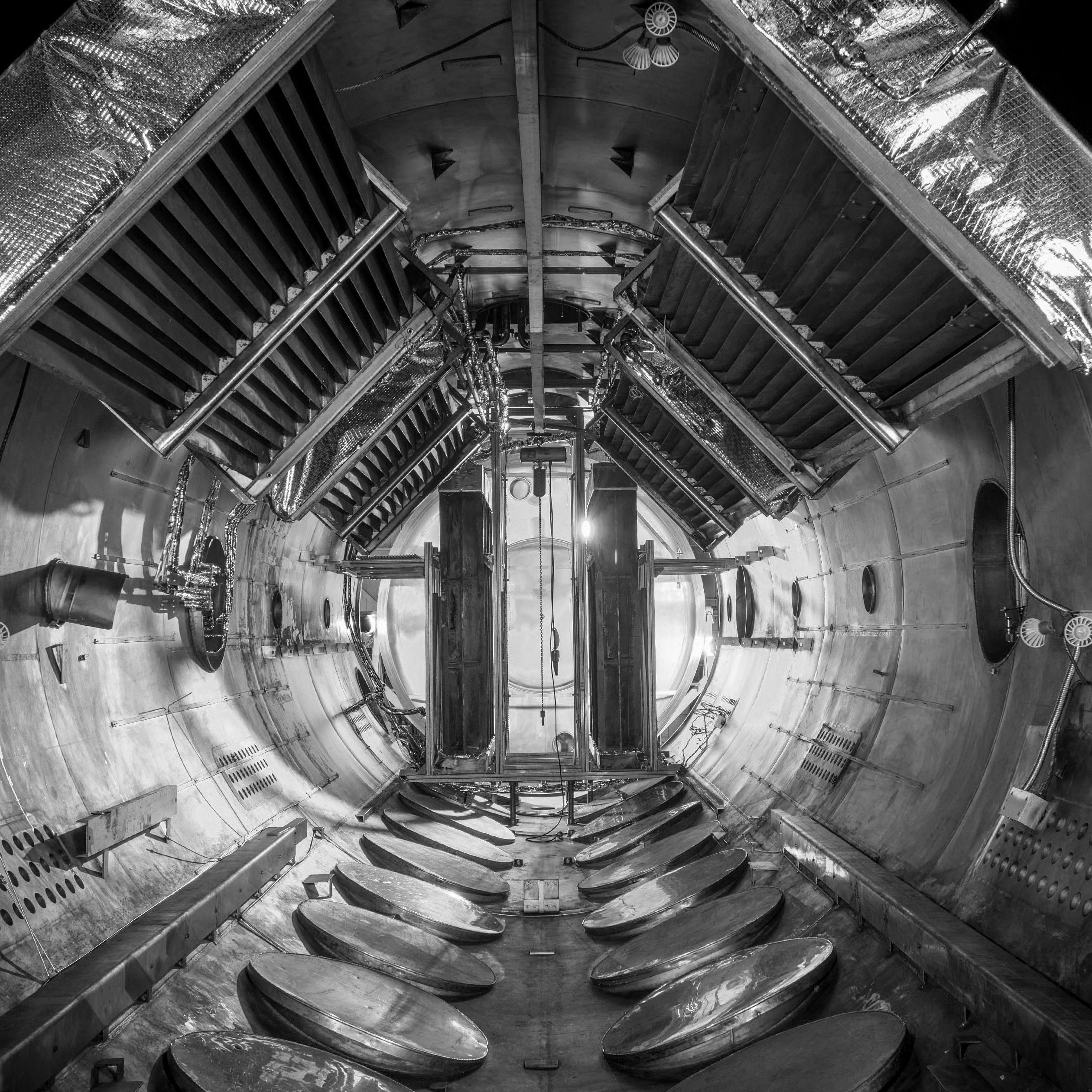
The Nuclear Information Project, called “one of the most widely sourced resources for nuclear warhead counts” by the Washington Post, uses open sources such as official documents, testimonies, previously undisclosed information obtained through the Freedom of Information Act, as well as independent analysis of commercial satellite imagery as the basis for developingthe best available unclassified estimatesof the status and trends of nuclear weapons worldwide.
该项目还进行分析的作用nuclear weapons and provides recommendations for responsibly reducing the numbers and role of nuclear weapons.
The research is mainly published on theStrategic Security Blog, in theNuclear Notebookin the Bulletin of the Atomic Scientists, the World Nuclear Forces overview in theSIPRI Yearbook, as well as in magazines. As a primary source for reliable information on nuclear weapons, the Project is a frequent advisor to governments, parliamentarians, the news media, institutes, and non-governmental organizations.
The Nuclear Information Project is directed byHans M. Kristensenin collaboration withMatt KordaandEliana Johns(and previously Robert S. Norris). The Project also collaborates with other experts and organizations.
This work builds on the Nuclear Weapons Databook project that Thomas Cochran and Robert Norris managed at NRDC for many years. Many of their publications are available here at FAS via theArchivespage.
The Nuclear Information Project is currently supported with generous contributions from the John D. and Catherine T. MacArthur Foundation, the New-Land Foundation, Ploughshares Fund, the Prospect Hill Foundation, Longview Philanthropy, the Stewart R. Mott Foundation, the Future of Life Institute, Open Philanthropy, and individual donors.
Looking for an external project publication or briefing? See the chronology with links going back more than a decade.
我们的研究是由记者和专家基于“增大化现实”技术的使用ound the globe. Here’s just a glimpse of the news stories based on our research.
FollowHans M. Kristensen,Matt Korda, andEliana Johnson Twitter for real-time analysis and more.

Despite progress in reducing nuclear weapon arsenals since the Cold War, the world’s combined inventory of nuclear warheads remains at a very high level.

The FAS Nuclear Notebook is one of the most widely sourced reference materials worldwide for reliable information about the status of nuclear weapons.

For decades, the Federation of American Scientists website has hosted vast and valuable archives of data relating to nuclear weapons.
On 14 April 2023, the Belarusian Ministry of Defence released a short video of a Su-25 pilot explaining his new role in delivering “special [nuclear] munitions” following his training in Russia. The features seen in the video, as well as several other open-source clues, suggest that Lida Air Base––located only 40 kilometers from the Lithuanian border and the […]
A photo in a Los Alamos National Laboratory (LANL) student briefing from 2022 shows four people inspecting what appears to be a damaged B61 nuclear bomb.
In early-February 2023, the Wall Street Journal reported that U.S. Strategic Command (STRATCOM) had informed Congress that China now has more launchers for Intercontinental Ballistic Missiles (ICBMs) than the United States. The report is the latest in a serious of revelations over the past four years about China’s growing nuclear weapons arsenal and the deepening […]
Russian noncompliance with New START Treaty makes retaining limits on strategic nuclear forces even more important.

U.S. Nuclear Policy De-alerting,
Nuclear Weapons

Progressive Foreign Policy
Global Nuclear Weapons Arsenals
Missile Defence
Nuclear-Climate Nexus

Status of Worldwide Nuclear Arsenals,
North Korea




